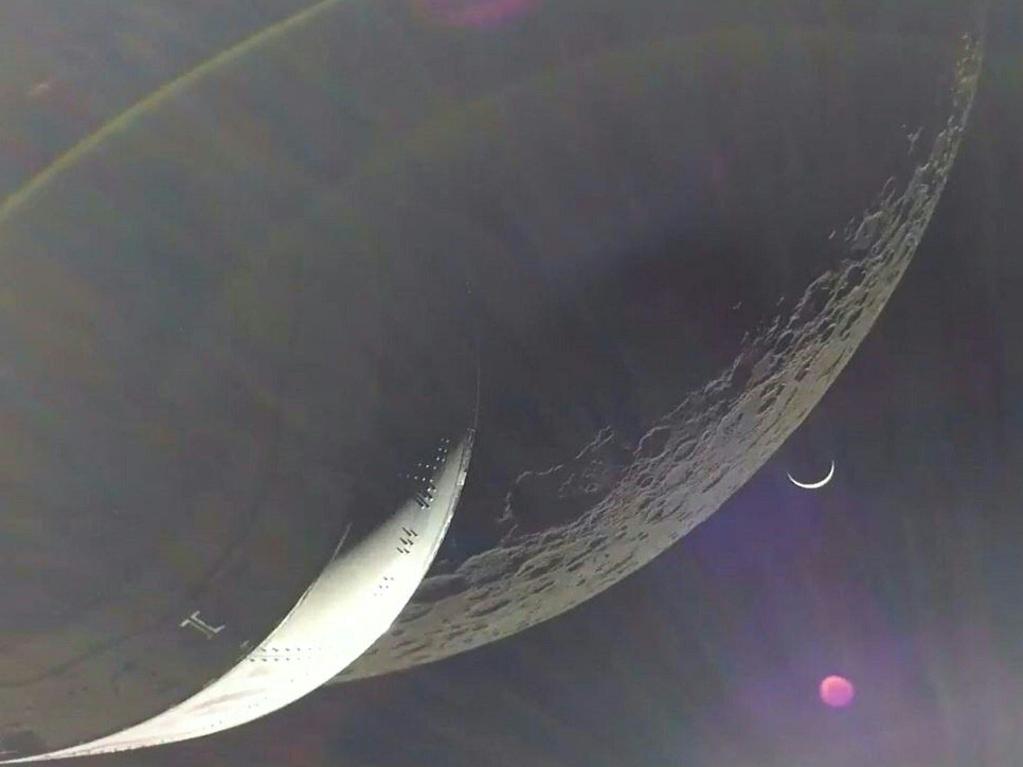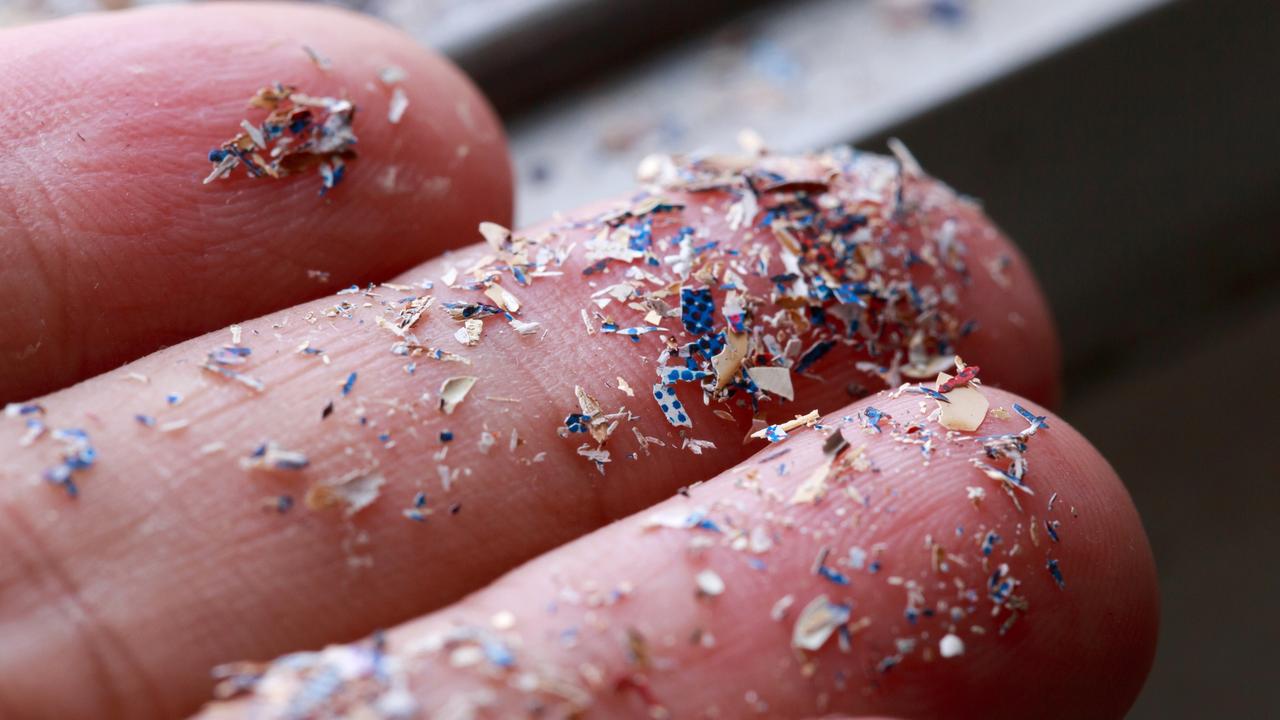Amateur fossil hunters unearth elasmosaur in Queensland
They’re calling it the Rosetta stone of Australian palaeontology in outback Queensland – the first intact fossilised skeleton of a 100-million-year-plus elasmosaur to be unearthed.
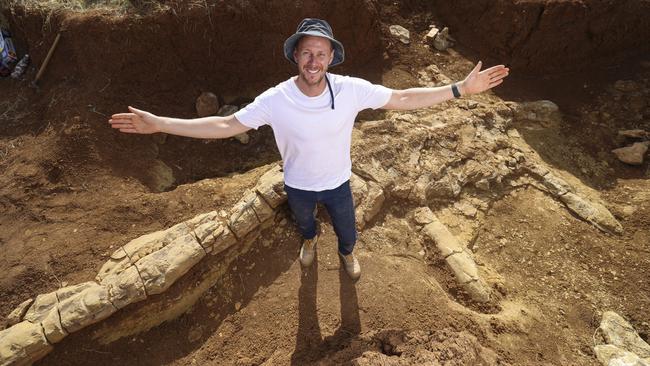
They’re calling it the Rosetta stone of Australian palaeontology – the first intact fossilised skeleton of a 100-million-year-plus elasmosaur to be unearthed, shedding new light on one of the most intriguing creatures to have lived in prehistoric times.
The find was made by amateur sleuths in outback Queensland and created a stir of excitement among scientists who had searched in vain for a complete set of petrified remains.
The stunted skull of the long-necked marine reptile, which existed alongside the dinosaurs, had never been recovered still attached, allowing researchers at Queensland Museum to better understand what the elasmosaur must have been like when it plied the vast inland sea that once covered the interior of the continent.
Part of the plesiosaur family of fish-eating predators, boasting a streamlined body and paddle-like limbs, it would have been quite the sight at up to 15m long, with a mouth full of interlocking crocodile-like teeth.
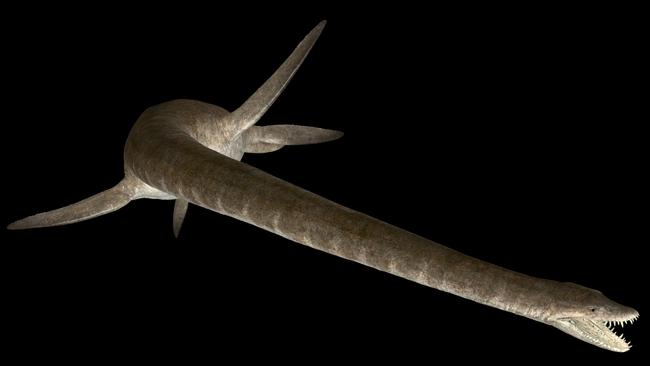
Likening it to the famous primer that allowed archaeologists to decipher the hieroglyphics of ancient Egypt, the Brisbane museum’s curator of palaeontology, Espen Knutsen, said the fossil find could unlock the mystery around Australian plesiosaurs.
“We were extremely excited when we saw this fossil – it is like the Rosetta stone of marine palaeontology as it may hold the key to unravelling the diversity and evolution of long-necked plesiosaurs in Cretaceous Australia,” Dr Knutsen said.
“We have never found a body and a head together and this could hold the key to future research in this field.
“Because these plesiosaurs were two-thirds neck, often the head would be separated from the body after death, which makes it very hard to find a fossil preserving both together.”
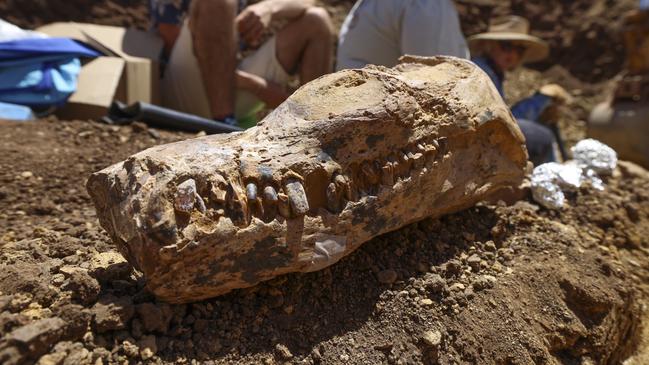
The only trace of an Australian elasmosaur to have previously been found was a detached skull, small enough to be held in one hand. The creature evolved from a land-living ancestor and breathed air like modern whales; one question scientists want to answer is how long it could spend underwater.
The discovery on a remote, undisclosed property in western Queensland was made by the “rock chicks” – friends Cassandra, Sally and Cynthia – who meet each year to hunt for fossils. Their full names and details of the location are being withheld to protect the site.
Near the elasmosaur were the fossilised remains of several other plesiosaurs and dolphin-like ichthyosaurs. The trio’s motto, Cassandra said, was “let’s keep the paleos busy”. “There are so many people who have helped get these amazing fossils to Queensland Museum including our friends, Tom and Sharon, who helped us start digging two of the plesiosaurs,” she said.
Congratulating the team, Queensland Arts Minister Leeanne Enoch said the recovery of the almost complete elasmosaur fossil was “globally significant”.
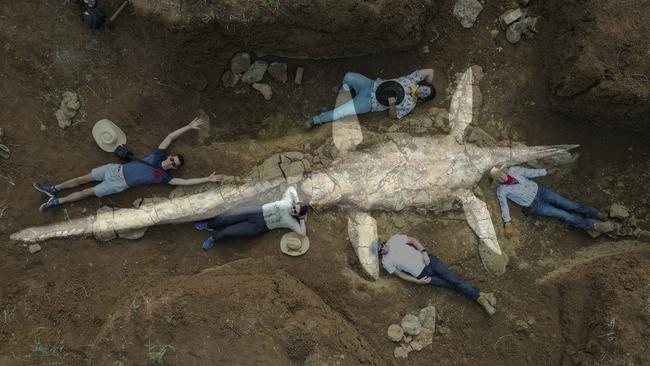
Queensland Museum Network CEO Jim Thompson said it would help fill in the picture of the long-extinct marine reptiles. The museum also holds one of the nation’s most complete plesiosaur specimens, discovered on Cape York Peninsula 33 years ago. But despite containing 80 per of the bone structure, this was missing the head, fins and tail tips.
“We now hold the only head and body of an Australian elasmosaur in the world, and this significant find will contribute greatly to vital research into Queensland’s Cretaceous past,” Dr Thompson said.
The elasmosaur was one of more than 100 known species of plesiosaurs that roamed the world’s seas up to 145 million years ago, some with short necks and oversized heads, others with a penchant for swallowing stones, possibly for ballast.
Dr Thompson said CAT scans and 3D modelling would be used to pry the secrets of the past from the new fossil. It will be held at the Museum of Tropical Queensland in Townsville.


